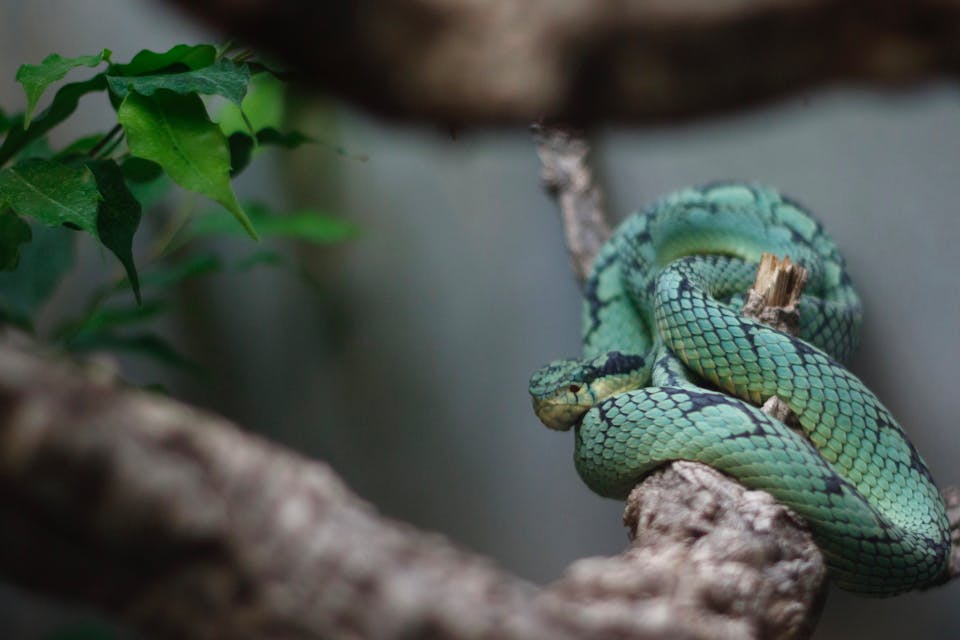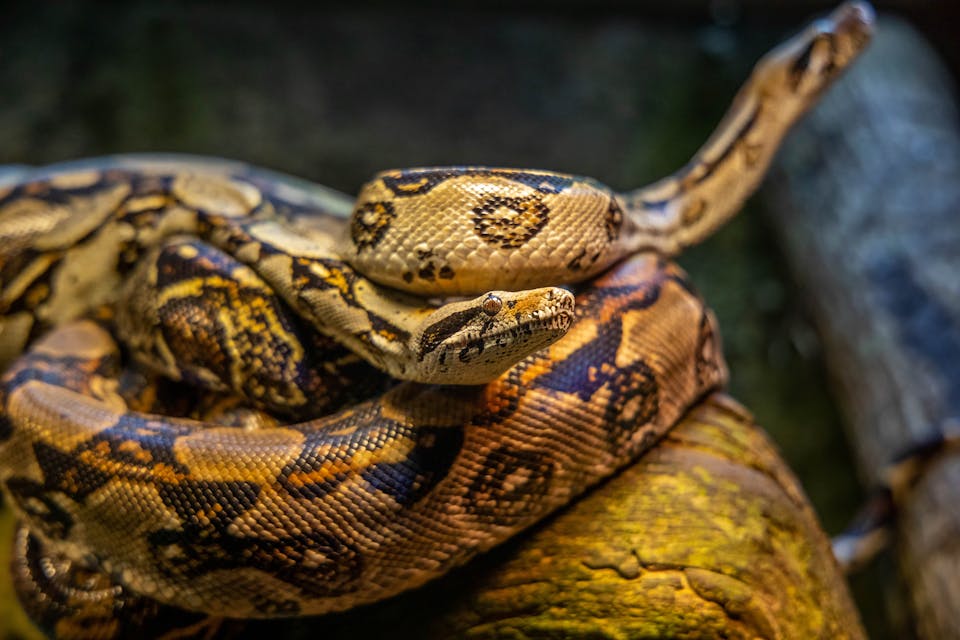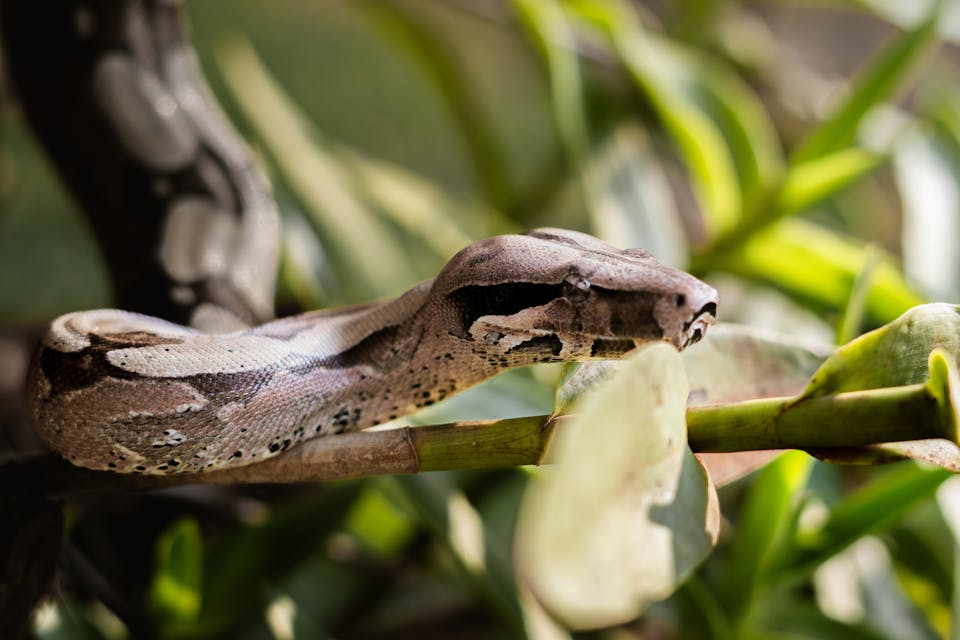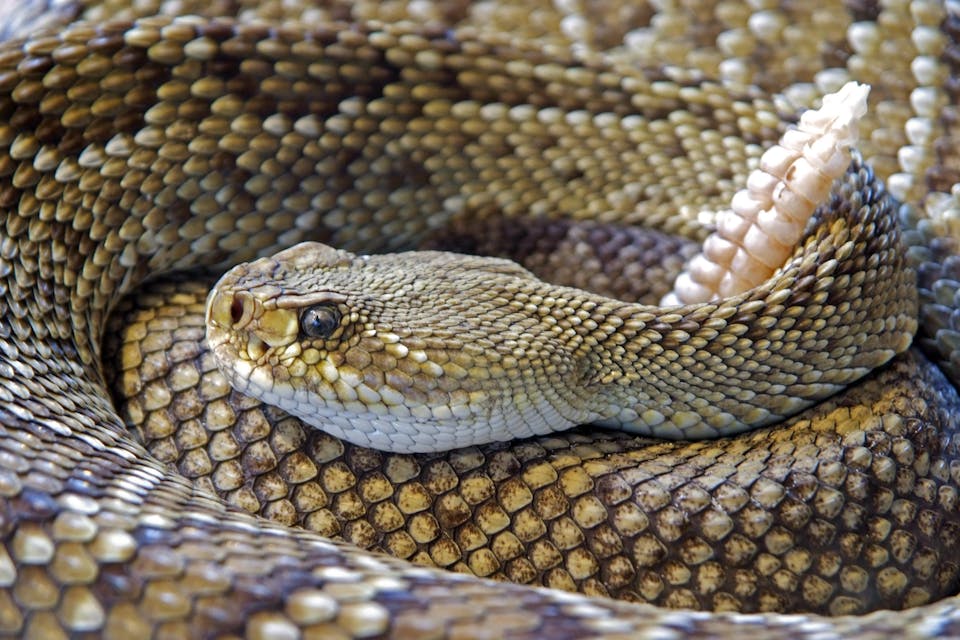Snakes often spark fear and fascination in equal measure. Slithering through dense jungles, parched deserts, and even bustling city corners, these reptiles possess a stealth and power that has captured the human imagination for centuries. Known for their deadly bites or suffocating coils, snakes are often misunderstood. But look beyond the fear, and you’ll find creatures that play a vital role in balancing ecosystems worldwide.
There are over 3,900 known species of snakes globally, according to the Reptile Database. Among the countries where snake diversity is richest, four nations stand out: Mexico, Brazil, Indonesia, and India. While snakes might send shivers down some spines, in these countries, they are as much a part of the natural heritage as the forests they hide in.
Mexico: A Megadiverse Kingdom of Snakes

Topping the global list, Mexico is home to an astounding 438 species of snakes. The country’s incredible geographic diversity—from arid deserts in the north to tropical rainforests in the south—makes it a haven for all kinds of reptiles.
In fact, Mexico is recognized as a “megabiodiverse” nation, one of a handful of countries that collectively house the majority of Earth’s biological species. The warm, humid climate, paired with lush vegetation and a healthy prey population, supports both ground-dwelling and tree-dwelling snakes in abundance.
From the vast mangrove swamps to misty pine forests and volcanic plateaus, each region in Mexico provides a unique habitat. Among the standout species are the western diamondback rattlesnake, the vivid coral snake, and even a burrowing primitive python found in lowland jungles. Conservation laws help protect many of these species, but habitat destruction and illegal wildlife trade still pose ongoing challenges.
Brazil: Amazon Giants and Jungle Mysteries

Coming in second is Brazil, a country often mistakenly thought to host the most snake species. With 420 recorded species, Brazil remains a biological powerhouse. Its Amazon rainforest and sprawling Pantanal wetlands serve as critical habitats for many iconic snakes.
Brazil’s rainforests are not only dense and humid, but they are teeming with wildlife—making them perfect for ambush predators like snakes. While the green anaconda may be the most legendary due to its immense size and strength, Brazil is also home to boa constrictors and numerous venomous species hidden deep within the foliage.
Though Mexico may surpass Brazil in species count, few places match the mystique of Brazilian snakes, particularly those lurking in the untamed Amazon.
Indonesia: An Archipelago of Endemic Reptiles

Indonesia stands proudly in third place, with 376 species of snakes slithering across its thousands of islands. As a vast tropical archipelago, Indonesia offers unmatched biodiversity. The country’s equatorial climate, rich rainforests, and mountainous regions provide the perfect environment for both arboreal and terrestrial snakes.
Some of the world’s most famous snakes call Indonesia home. The reticulated python—the longest snake in the world—can reach over 10 meters in length and is known for its incredible strength and agility. Indonesia is also home to the elusive king cobra, one of the most feared venomous snakes on the planet.
Beyond the global icons, Indonesia harbors numerous endemic species found nowhere else on Earth, particularly in remote areas of Papua, Sumatra, and Sulawesi. These species are especially vulnerable to environmental changes and illegal wildlife trade, making conservation efforts even more critical.
India: The Deadly Reputation of the “Big Four”

India, with its 305 species, rounds out the top four. Despite its lower ranking in species count, India is perhaps most infamous for its high number of fatal snakebites. This notoriety stems from the presence of the so-called “Big Four”: the Indian cobra, the common krait, Russell’s viper, and the saw-scaled viper.
These four are responsible for the majority of deadly bites in the country, especially in rural regions where people live in close proximity to snake habitats and have limited access to medical care. According to the World Health Organization, India records one of the highest rates of snakebite fatalities globally.
Yet, as in other countries, most of India’s snake species are non-venomous and critical for controlling rodent populations. Many live unnoticed in forests, farmlands, and even temples, where they’re considered sacred in some cultures.
The Truth About Snakes and Human Danger
Contrary to popular belief, the vast majority of snake species are non-venomous and not aggressive toward humans. Even venomous snakes typically avoid confrontation unless threatened. They play crucial ecological roles—especially in pest control—by feeding on rats, birds, and insects.
However, with the rapid expansion of human development, encounters between people and snakes are becoming more frequent. Urbanization, deforestation, and climate change are pushing snakes out of their native habitats and into unfamiliar territory—often right into human settlements.
Climate Change and the Rise in Encounters
As global temperatures rise, snakes are forced to adapt their behavior and movement patterns. Being cold-blooded creatures, they rely heavily on external temperatures to regulate their metabolism. During extreme weather events like heatwaves or floods, snakes often migrate in search of safer, cooler environments.
These movements increase the likelihood of human-snake encounters, particularly with large constrictors like pythons. While non-venomous, these snakes are capable of taking down sizeable prey—and in rare, extreme cases, even humans. Species like the Burmese python, Indian rock python, and Papuan python are incredibly strong and stealthy, often hiding in plain sight.
Giants of the Reptile World
Among the most awe-inspiring snakes are the massive pythons. These serpents rely on constriction rather than venom to kill, wrapping their muscular bodies around their prey and squeezing until respiration and circulation cease.
From the 10-meter-long reticulated python to the muscular Burmese python and the shimmering amethystine python of Papua, these giants are both admired and feared. Their presence in local folklore, viral videos, and conservation debates speaks to the enduring intrigue they inspire.
Living with Snakes: A New Reality

As human settlements grow and natural habitats shrink, the need to coexist with wildlife becomes more pressing. Awareness, education, and conservation are key to building this new relationship.
Snakes may not be cuddly, but they are essential. With the right respect and understanding, humans and snakes can share the same environment—safely and sustainably.
So, whether you live in the heart of a tropical forest or in a city with occasional wildlife visitors, remember this: snakes aren’t just threats. They’re survivors, symbols of nature’s balance, and a vital part of the planet’s complex web of life.



